This Page is Half Empty: The Five Horsemen of Literary Apocalypse
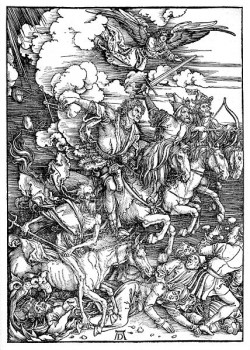 Right now, as I type this — and as you read it — I’ve got a new manuscript half done. For a writer, this is sort of like me saying that at this very moment I’m not wearing anything under all of my clothing. Well, duh, most people are thinking, while trying to not involuntarily imagine me naked. For writers, the thought continues, there’s always the current project.
Right now, as I type this — and as you read it — I’ve got a new manuscript half done. For a writer, this is sort of like me saying that at this very moment I’m not wearing anything under all of my clothing. Well, duh, most people are thinking, while trying to not involuntarily imagine me naked. For writers, the thought continues, there’s always the current project.
The process of forging the first draft is much like any other relationship between the mind and the will. Romance, for instance. There’s the initial flare of interest, the slower “getting to know you” stage, and a much longer “I know you, now” period. These are all easy to navigate, because they are exciting and interesting. They are effortless, and writers know the feeling of a Work-In-Progress crush.
But this infatuation period cannot last. While in it, there’s always the potential that your feelings are mercurial, diaphanous dream-fluff that make no sense when you try to go deeper. To your shock, you realize that perhaps your burning love isn’t the stuff of ages, but mere puppy love. Your ardor has brought you no glamour, but instead made those around you somewhat uncomfortable, hoping, for your sake, that it will all end soon without you getting hurt too badly.
Am I just a puppy-lover? you find yourself asking.
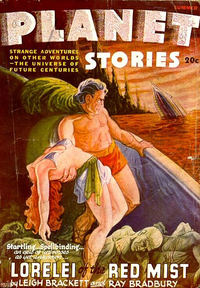
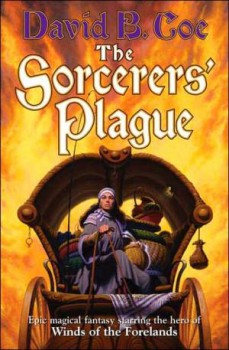 The Sorcerers’ Plague
The Sorcerers’ Plague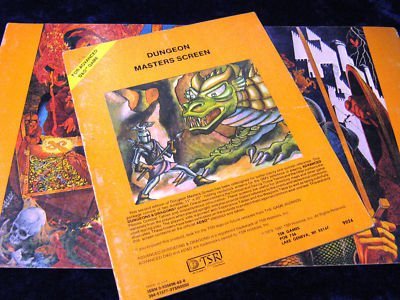
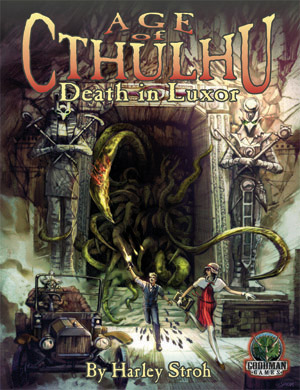 If you’re in the mood for some good horror encounters with the dark forces of the Great Old Ones, then the new Age of Cthulhu line from Goodman Games may be of interest. Vincent Darlage reviewed the first installment in this set of game modules. (Links to other Cthulhu resources at the bottom of this post.)
If you’re in the mood for some good horror encounters with the dark forces of the Great Old Ones, then the new Age of Cthulhu line from Goodman Games may be of interest. Vincent Darlage reviewed the first installment in this set of game modules. (Links to other Cthulhu resources at the bottom of this post.)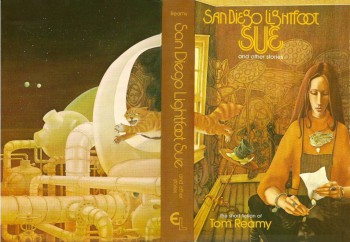
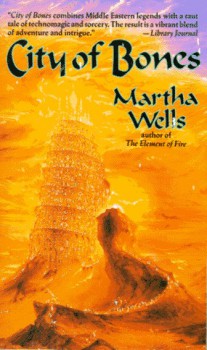

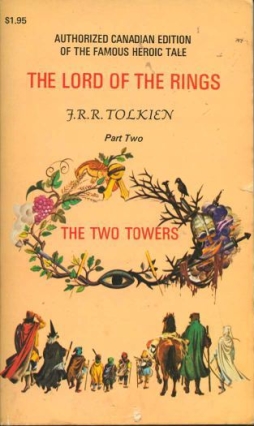 This is the second of three posts prompted by a recent re-reading of The Lord of the Rings. As I said in
This is the second of three posts prompted by a recent re-reading of The Lord of the Rings. As I said in